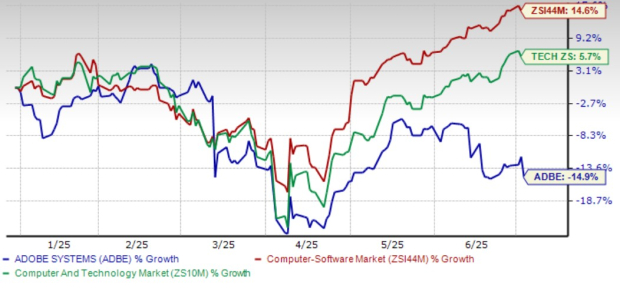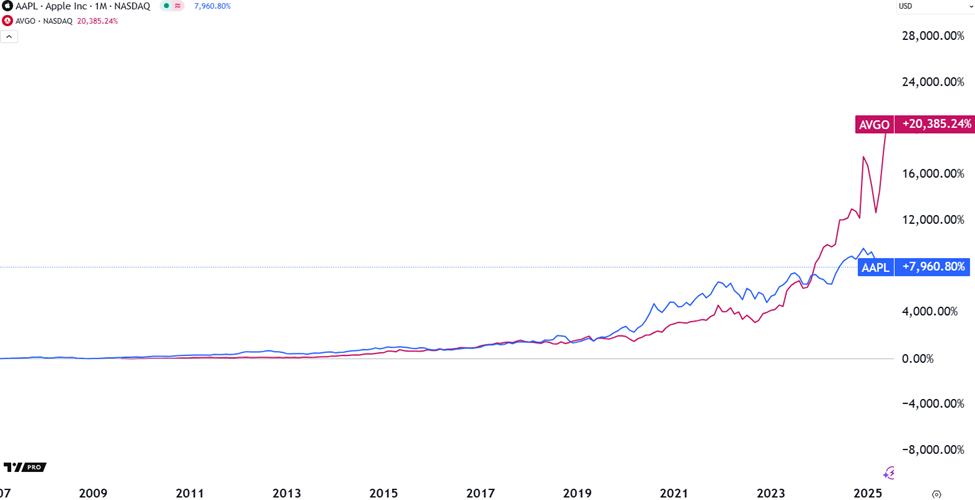Natural Gas Prices Dip as Supply Draw Falls Short of Expectations
April Nymex natural gas (NGJ25) closed down -0.148 (-3.33%) on Thursday. Prices sank following the Weekly EIA report, which revealed that natural gas inventories dropped by -80 bcf for the week ending February 28, falling short of the anticipated -93 bcf. The outlook for warmer weather across the US is expected to lower heating demand for natural gas, further exerting downward pressure on prices. Atmospheric G2 forecasts indicated that the eastern two-thirds of the US should experience spring-like warmth from March 11-15.
New Tariffs and Supply Challenges
The new US tariffs of 10% on Canadian natural gas imports, effective Tuesday, are likely to drive up domestic prices. US importers will incur added costs, complicating supply dynamics. Furthermore, Ontario, Canada, may impose a 25% export tariff on electricity directed to homes in Minnesota, Michigan, and New York if these US tariffs remain in place, potentially increasing demand for domestically generated electricity from natural gas sources.
Prices for natural gas surged to a two-year high earlier this week amid significant volatility due to weather influences. This rise came alongside a sharp inventory drawdown caused by recent cold weather. As of February 28, EIA data indicated that natural gas inventories were -11.3% below their five-year average, marking the tightest supply levels in over two and a half years.
Production and Demand Insights
According to BNEF, natural gas production in the Lower 48 states reached 107 bcf/day (+5.4% year-over-year) on Thursday, while demand in the region also climbed to 92.5 bcf/day (+15.2% year-over-year). Additionally, liquid natural gas (LNG) net flows to US export terminals remained steady at 15.3 bcf/day, reflecting a slight decrease of -0.6% week-over-week.
As US electricity output rises, so does demand for natural gas from utility providers. The Edison Electric Institute noted a +2.15% year-over-year increase in total US electricity output for the week ending March 1, totaling 76,865 GWh. Over a 52-week period, electricity output rose +3.16% year-over-year, reaching 4,231,788 GWh.
Future Prospects for Natural Gas Exports
A longer-term bullish factor for natural gas prices has emerged from President Trump’s recent move to lift the Biden administration’s suspension on gas export project approvals. With this decision, the government is actively considering a backlog of around a dozen LNG export projects. Reports from Bloomberg suggest that the Trump administration is nearing approval for its first LNG export facility at Commonwealth LNG in Louisiana. Expanding export capacity would likely bolster demand for US natural gas and support future price increases.
Ongoing Market Conditions
The latest EIA report delivered bearish news for natural gas prices, revealing a smaller inventory draw of -80 bcf, which did not meet expectations of -93 bcf and was also less than the five-year average draw of -94 bcf for this time of year. Comparing year-on-year figures, inventories have decreased by -24.6% and are -11.3% below the five-year seasonal average, indicating persistently tight supply conditions. In Europe, gas storage levels were recorded at 37% as of March 4, significantly below the five-year seasonal average of 49% full.
Additionally, Baker Hughes reported a slight increase in active US natural gas drilling rigs, which rose by three to reach 102 rigs for the week ending February 28. This figure remains moderately above the 3.5-year low of 94 rigs recorded on September 6, 2024. Since reaching a 5.25-year high of 166 rigs in September 2022, active rigs have gradually declined from the pandemic low of 68 rigs in July 2020, highlighting ongoing fluctuations in the market.
On the date of publication, Rich Asplund did not have positions in any of the securities mentioned in this article. All information and data provided are for informational purposes only. For further details, please view the Barchart Disclosure Policy here.
More news from Barchart
The views and opinions expressed herein are the views and opinions of the author and do not necessarily reflect those of Nasdaq, Inc.





